
The reporter learned from the Hanjing Emperor Yangling Museum on April 22 that "The Light of Governing the World - Archaeological Achievements of the Western Han Emperor Mausoleum and a Tribute to the Centennial Archaeology", sponsored by the Shaanxi Provincial Bureau of Cultural Relics, jointly organized by the Hanjing Emperor Yangling Museum and the Shaanxi Provincial Institute of Archaeology The exhibition" is completed, and the 23 pieces (groups) of cultural relics unearthed from the Jiangcun Tomb, which is the top ten new archaeological discoveries in the country in 2021, that is, the Ba Mausoleum of Emperor Hanwen, will be exhibited to the public for the first time.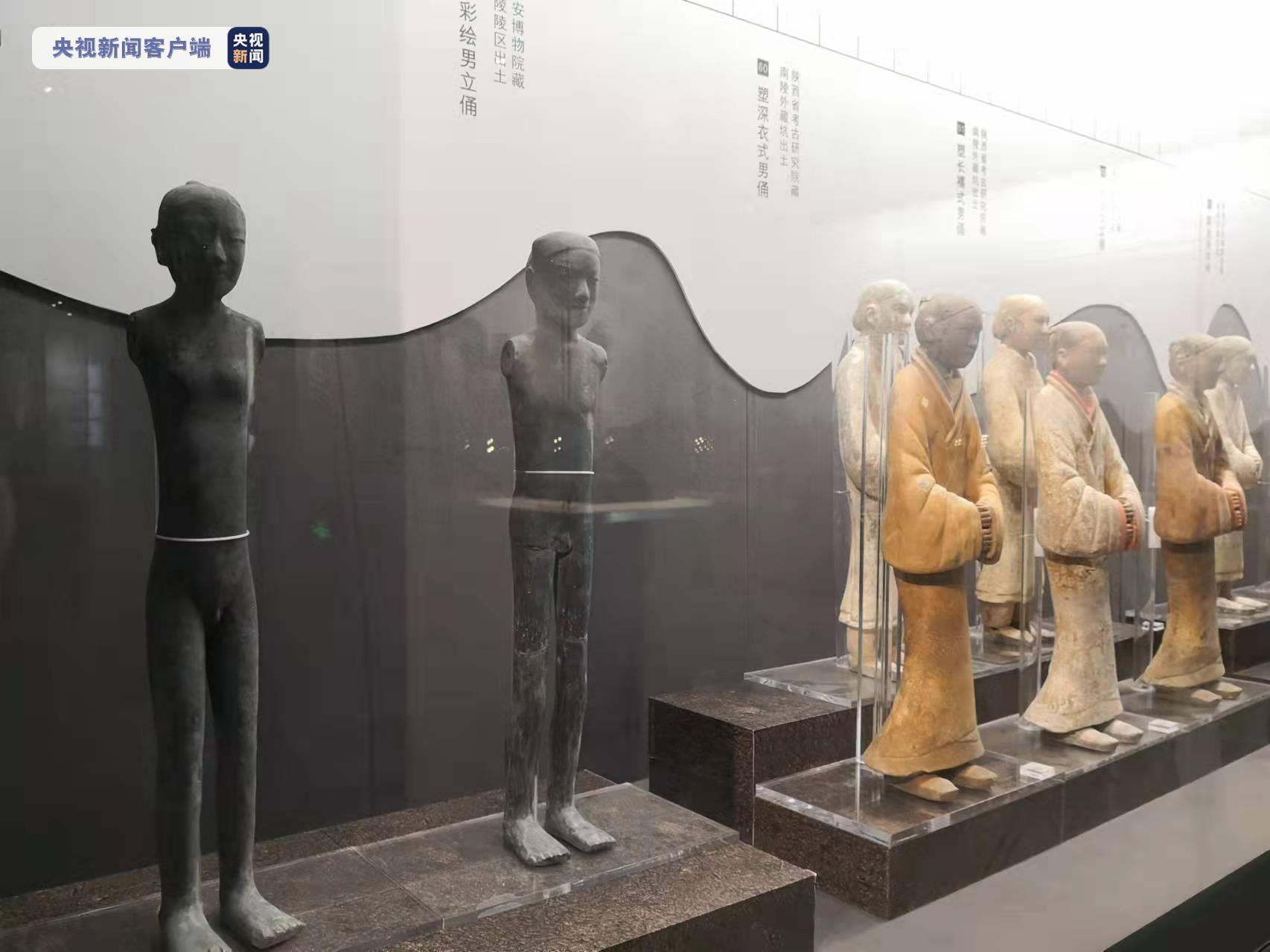 "The Archaeological Achievements of the Mausoleums of the Western Han Dynasty and the Centennial Tribute to Archaeology Exhibition" reviews the century-old archaeological history of the Mausoleums of the Western Han Dynasty, presents the archaeological achievements of the Mausoleums of the Western Han Dynasty, and displays more than 100 fine cultural relics. Horses, bronze seals and various pottery figurines, etc. are not only related to Yangling and other Western Han imperial mausoleums, but are also unique in new archaeological discoveries, which further improves the exhibition's comprehensive interpretation of the development history of Western Han imperial mausoleums.
"The Archaeological Achievements of the Mausoleums of the Western Han Dynasty and the Centennial Tribute to Archaeology Exhibition" reviews the century-old archaeological history of the Mausoleums of the Western Han Dynasty, presents the archaeological achievements of the Mausoleums of the Western Han Dynasty, and displays more than 100 fine cultural relics. Horses, bronze seals and various pottery figurines, etc. are not only related to Yangling and other Western Han imperial mausoleums, but are also unique in new archaeological discoveries, which further improves the exhibition's comprehensive interpretation of the development history of Western Han imperial mausoleums.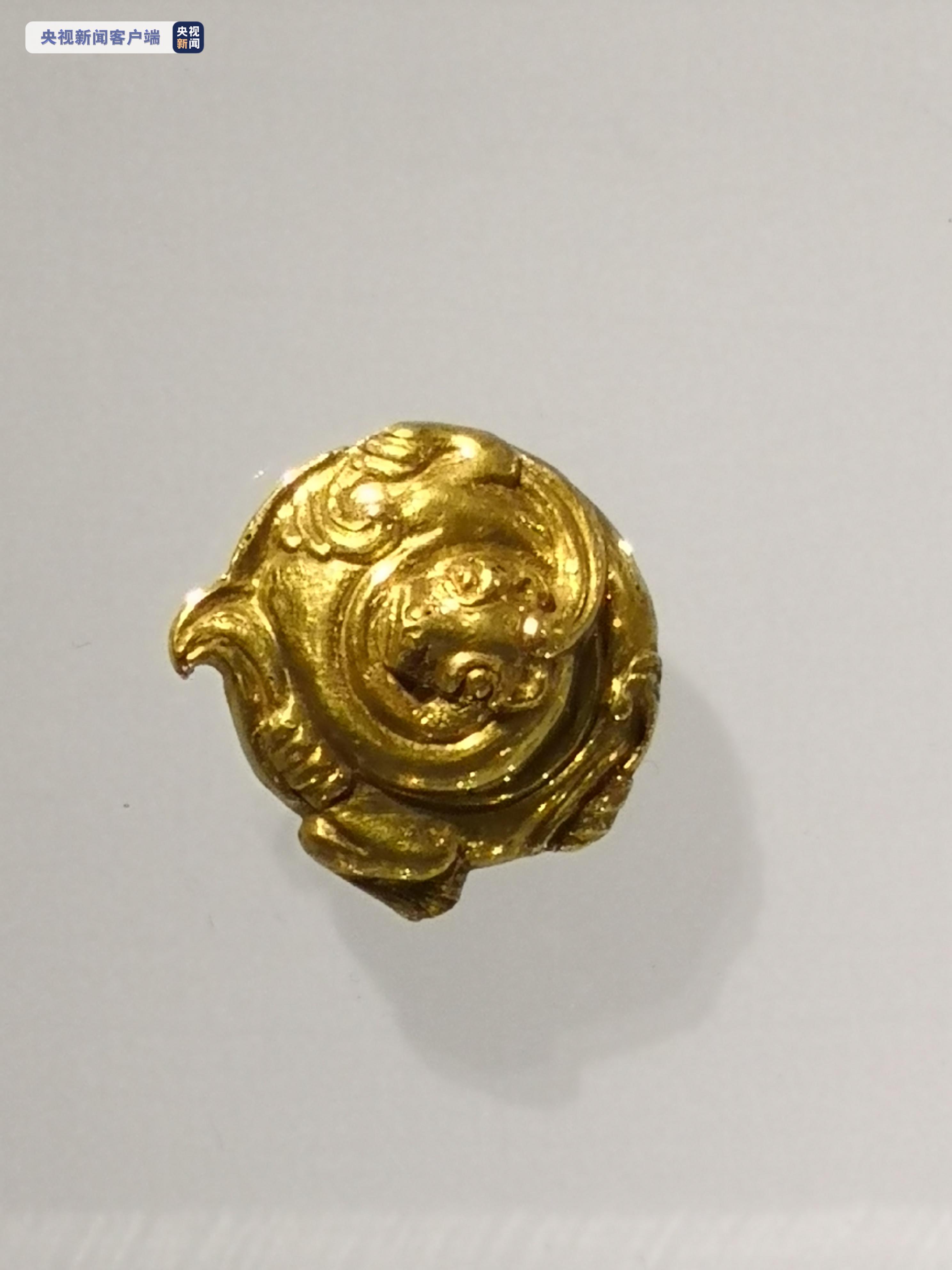 The half-plastic pottery figurines of Baling on display this time have a torture tool "iron tongs" on their necks, which are colloquially called "criminal figurines". This is a reference to the bones unearthed in the cemetery of the criminals in the Yangling of Emperor Jing of the Han Dynasty. The historical fact that the construction of the imperial mausoleum of the Han Dynasty used prisoners as an important labor force. The practice of half-naked and half-sculpted is likely to be the transition between the fully plastic figurines in the early Han Dynasty and the fully naked and clothed figurines of Jingdi Yangling.
The half-plastic pottery figurines of Baling on display this time have a torture tool "iron tongs" on their necks, which are colloquially called "criminal figurines". This is a reference to the bones unearthed in the cemetery of the criminals in the Yangling of Emperor Jing of the Han Dynasty. The historical fact that the construction of the imperial mausoleum of the Han Dynasty used prisoners as an important labor force. The practice of half-naked and half-sculpted is likely to be the transition between the fully plastic figurines in the early Han Dynasty and the fully naked and clothed figurines of Jingdi Yangling.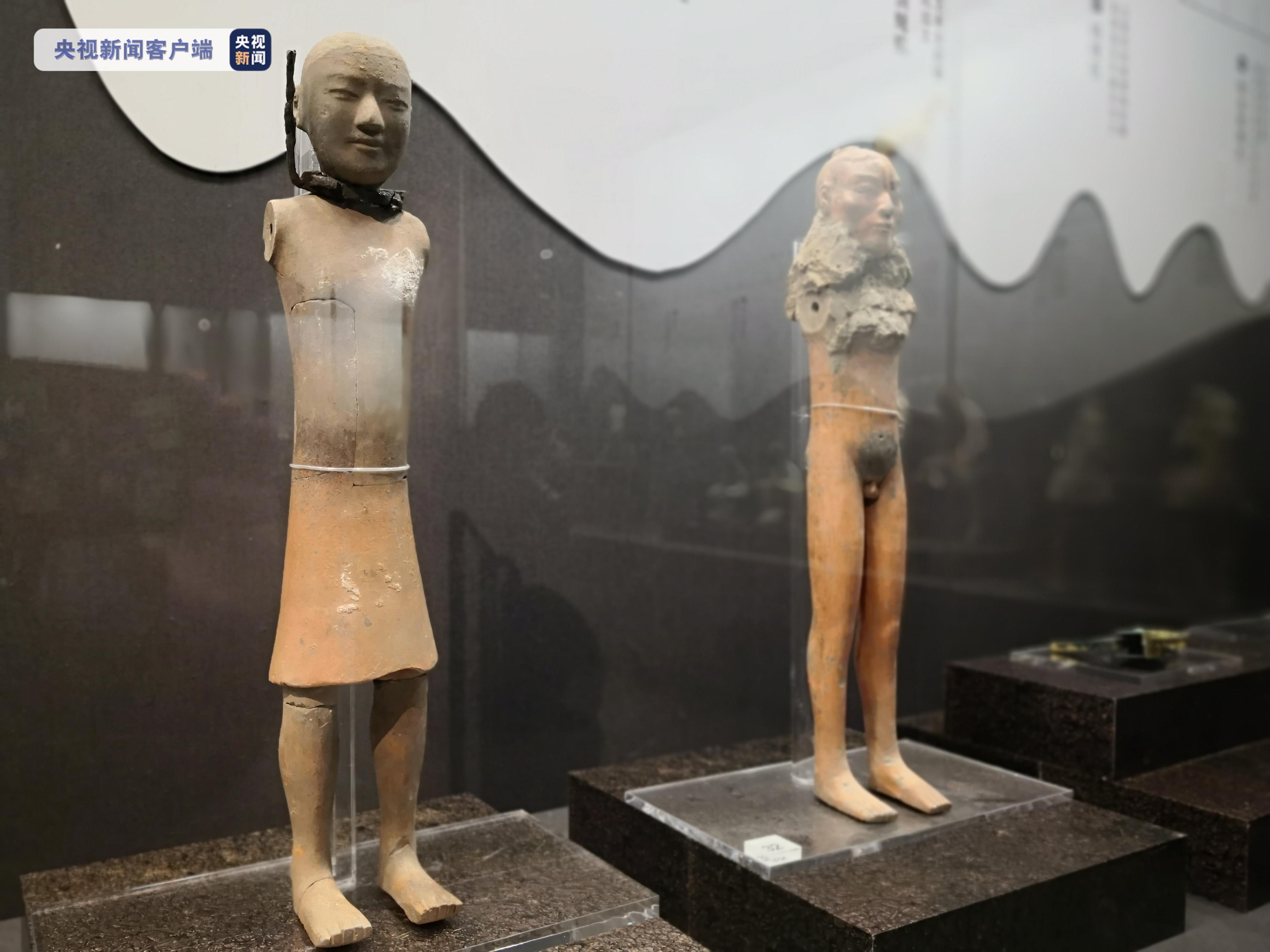 The copper clepsy pot was a popular timer in the Han Dynasty, which was used to measure time at night or on rainy days. It has been found in the mausoleum areas of Emperor Jingyang and Maoling of Emperor Wu, but the unearthed ones from the cemetery of Emperor Wen of the Han Dynasty are particularly complete and extremely precious of the same kind. Archaeologists joked that "nine to five" was also practiced in the underground palace of Emperor Ba's Mausoleum.
The copper clepsy pot was a popular timer in the Han Dynasty, which was used to measure time at night or on rainy days. It has been found in the mausoleum areas of Emperor Jingyang and Maoling of Emperor Wu, but the unearthed ones from the cemetery of Emperor Wen of the Han Dynasty are particularly complete and extremely precious of the same kind. Archaeologists joked that "nine to five" was also practiced in the underground palace of Emperor Ba's Mausoleum.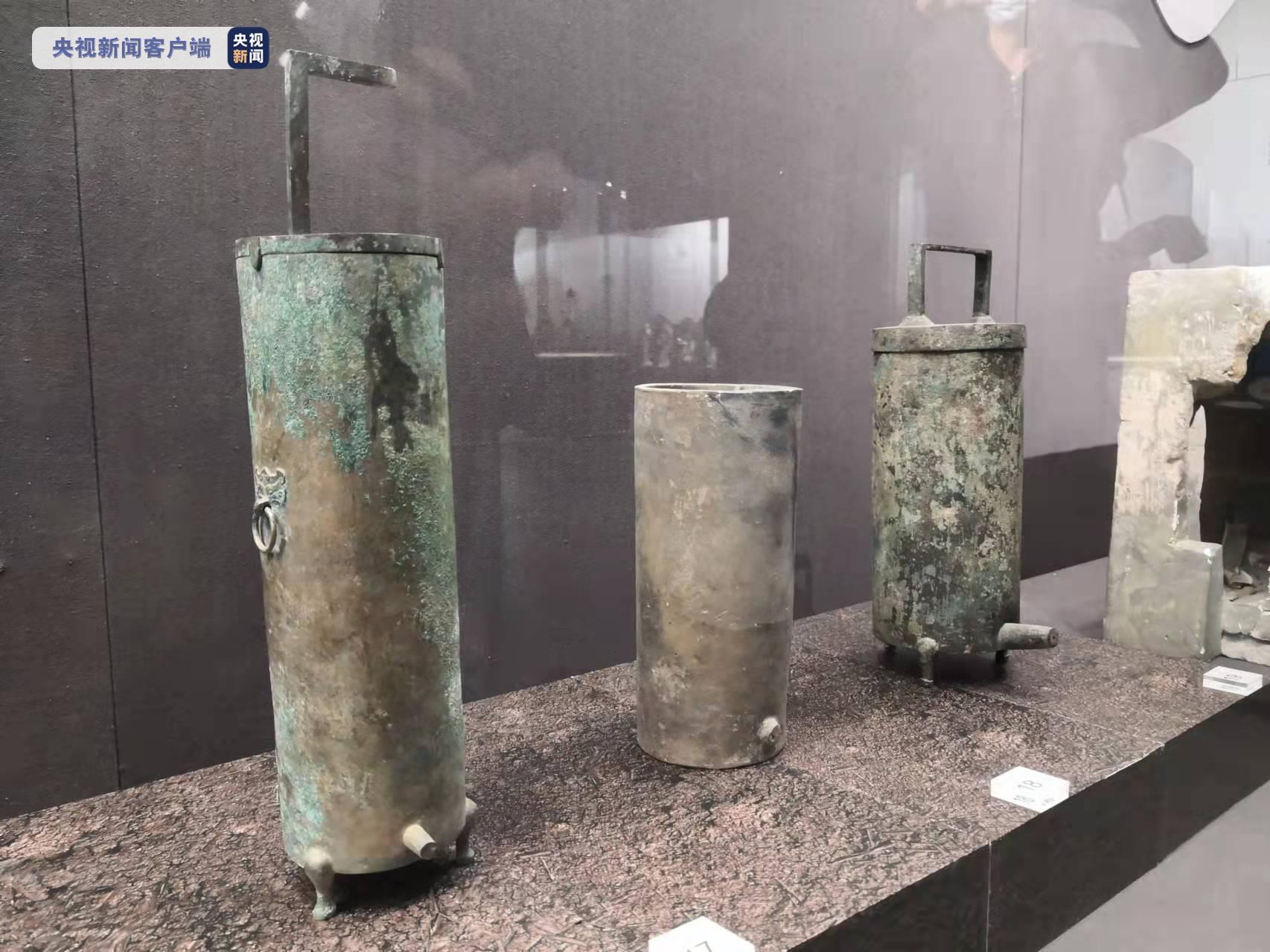 The gilt chariot and horse utensils were unearthed in the outer pit of Nanling Nanling, the mother of Emperor Wen of the Han Dynasty near Ba Ling. The gilt technique was widely used. The decorations and images were exquisite and unusual, and there were wooden remnants in some components. It has become an important material evidence of the "outer Tibetan" system of high-level tombs in the Han Dynasty.
The gilt chariot and horse utensils were unearthed in the outer pit of Nanling Nanling, the mother of Emperor Wen of the Han Dynasty near Ba Ling. The gilt technique was widely used. The decorations and images were exquisite and unusual, and there were wooden remnants in some components. It has become an important material evidence of the "outer Tibetan" system of high-level tombs in the Han Dynasty.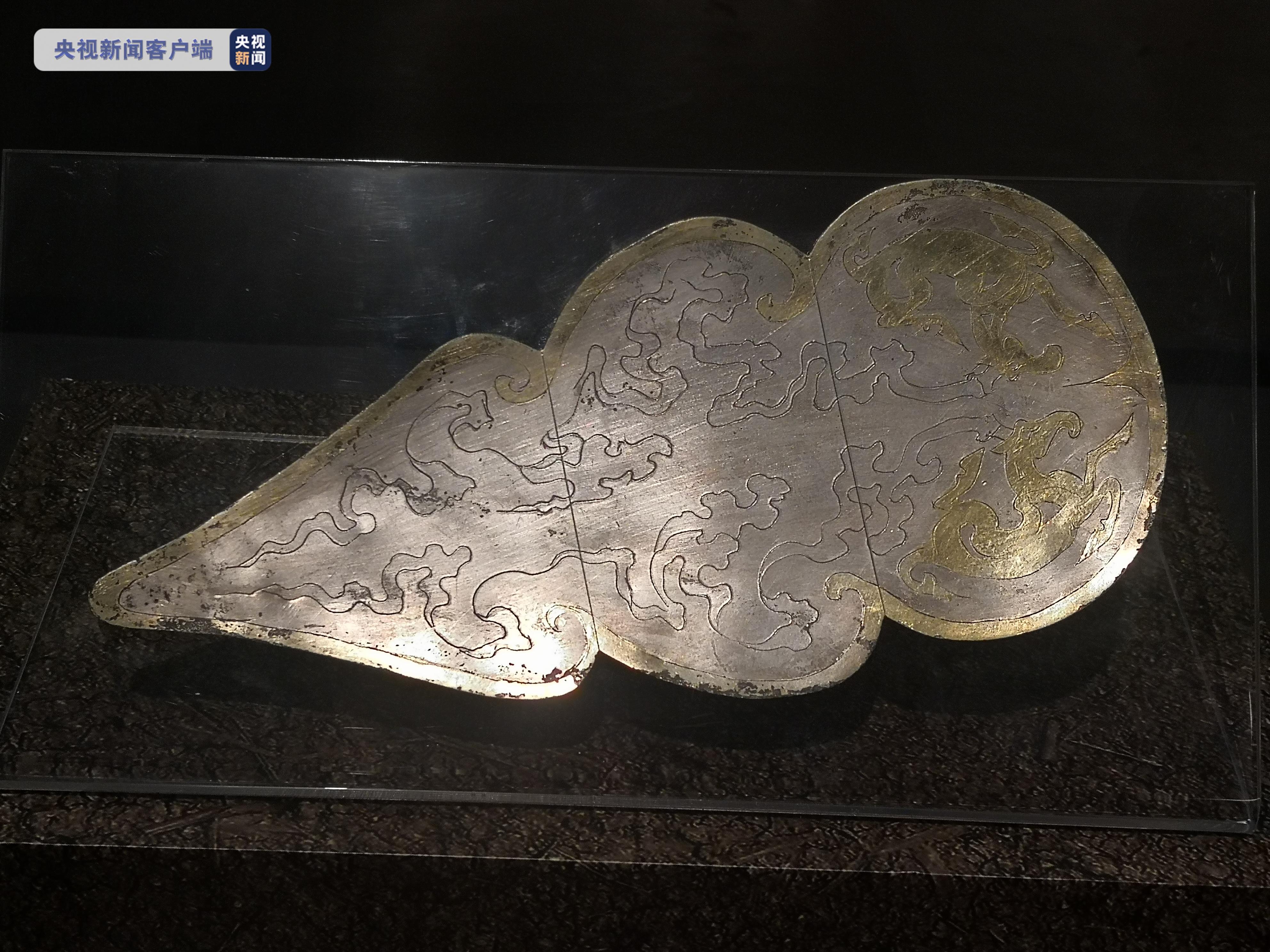 The archaeology of Emperor Ba Mausoleum of Han Wen has corrected the long-standing inertial cognition that Ba Mausoleum of Emperor Wen of Han Dynasty is located in Fenghuangzui of Bailuyuan, and filled a crucial part in the evolution of the system of Emperor Mausoleum of the Western Han Dynasty. Emperor Wen of the Han Dynasty Liu Heng and Emperor Jing of the Han Dynasty Liu Qi were father and son. Historical records record that they were in the same line of governing the country, which laid a solid economic foundation for the prosperity of the Western Han Dynasty. Archaeological discoveries have confirmed that the Ba Mausoleum of Emperor Wen and the Mausoleum of Emperor Jing Yang also showed a gradual relationship of inheritance and development in terms of material remains and institutional culture. Interpreting the archaeological discoveries of Baling and displaying the cultural relics unearthed in Baling in the "Archaeological Achievements of the Western Han Dynasty Emperor's Mausoleum and Tribute to Archaeology Centennial Exhibition" will help to highlight the pulse of the times under the background of the Western Han Dynasty's "rule of culture and scenery", and to interpret its history in the Western Han Dynasty. An important historical position in the history of development.
The archaeology of Emperor Ba Mausoleum of Han Wen has corrected the long-standing inertial cognition that Ba Mausoleum of Emperor Wen of Han Dynasty is located in Fenghuangzui of Bailuyuan, and filled a crucial part in the evolution of the system of Emperor Mausoleum of the Western Han Dynasty. Emperor Wen of the Han Dynasty Liu Heng and Emperor Jing of the Han Dynasty Liu Qi were father and son. Historical records record that they were in the same line of governing the country, which laid a solid economic foundation for the prosperity of the Western Han Dynasty. Archaeological discoveries have confirmed that the Ba Mausoleum of Emperor Wen and the Mausoleum of Emperor Jing Yang also showed a gradual relationship of inheritance and development in terms of material remains and institutional culture. Interpreting the archaeological discoveries of Baling and displaying the cultural relics unearthed in Baling in the "Archaeological Achievements of the Western Han Dynasty Emperor's Mausoleum and Tribute to Archaeology Centennial Exhibition" will help to highlight the pulse of the times under the background of the Western Han Dynasty's "rule of culture and scenery", and to interpret its history in the Western Han Dynasty. An important historical position in the history of development.
 "The Archaeological Achievements of the Mausoleums of the Western Han Dynasty and the Centennial Tribute to Archaeology Exhibition" reviews the century-old archaeological history of the Mausoleums of the Western Han Dynasty, presents the archaeological achievements of the Mausoleums of the Western Han Dynasty, and displays more than 100 fine cultural relics. Horses, bronze seals and various pottery figurines, etc. are not only related to Yangling and other Western Han imperial mausoleums, but are also unique in new archaeological discoveries, which further improves the exhibition's comprehensive interpretation of the development history of Western Han imperial mausoleums.
"The Archaeological Achievements of the Mausoleums of the Western Han Dynasty and the Centennial Tribute to Archaeology Exhibition" reviews the century-old archaeological history of the Mausoleums of the Western Han Dynasty, presents the archaeological achievements of the Mausoleums of the Western Han Dynasty, and displays more than 100 fine cultural relics. Horses, bronze seals and various pottery figurines, etc. are not only related to Yangling and other Western Han imperial mausoleums, but are also unique in new archaeological discoveries, which further improves the exhibition's comprehensive interpretation of the development history of Western Han imperial mausoleums. The half-plastic pottery figurines of Baling on display this time have a torture tool "iron tongs" on their necks, which are colloquially called "criminal figurines". This is a reference to the bones unearthed in the cemetery of the criminals in the Yangling of Emperor Jing of the Han Dynasty. The historical fact that the construction of the imperial mausoleum of the Han Dynasty used prisoners as an important labor force. The practice of half-naked and half-sculpted is likely to be the transition between the fully plastic figurines in the early Han Dynasty and the fully naked and clothed figurines of Jingdi Yangling.
The half-plastic pottery figurines of Baling on display this time have a torture tool "iron tongs" on their necks, which are colloquially called "criminal figurines". This is a reference to the bones unearthed in the cemetery of the criminals in the Yangling of Emperor Jing of the Han Dynasty. The historical fact that the construction of the imperial mausoleum of the Han Dynasty used prisoners as an important labor force. The practice of half-naked and half-sculpted is likely to be the transition between the fully plastic figurines in the early Han Dynasty and the fully naked and clothed figurines of Jingdi Yangling. The copper clepsy pot was a popular timer in the Han Dynasty, which was used to measure time at night or on rainy days. It has been found in the mausoleum areas of Emperor Jingyang and Maoling of Emperor Wu, but the unearthed ones from the cemetery of Emperor Wen of the Han Dynasty are particularly complete and extremely precious of the same kind. Archaeologists joked that "nine to five" was also practiced in the underground palace of Emperor Ba's Mausoleum.
The copper clepsy pot was a popular timer in the Han Dynasty, which was used to measure time at night or on rainy days. It has been found in the mausoleum areas of Emperor Jingyang and Maoling of Emperor Wu, but the unearthed ones from the cemetery of Emperor Wen of the Han Dynasty are particularly complete and extremely precious of the same kind. Archaeologists joked that "nine to five" was also practiced in the underground palace of Emperor Ba's Mausoleum. The gilt chariot and horse utensils were unearthed in the outer pit of Nanling Nanling, the mother of Emperor Wen of the Han Dynasty near Ba Ling. The gilt technique was widely used. The decorations and images were exquisite and unusual, and there were wooden remnants in some components. It has become an important material evidence of the "outer Tibetan" system of high-level tombs in the Han Dynasty.
The gilt chariot and horse utensils were unearthed in the outer pit of Nanling Nanling, the mother of Emperor Wen of the Han Dynasty near Ba Ling. The gilt technique was widely used. The decorations and images were exquisite and unusual, and there were wooden remnants in some components. It has become an important material evidence of the "outer Tibetan" system of high-level tombs in the Han Dynasty. The archaeology of Emperor Ba Mausoleum of Han Wen has corrected the long-standing inertial cognition that Ba Mausoleum of Emperor Wen of Han Dynasty is located in Fenghuangzui of Bailuyuan, and filled a crucial part in the evolution of the system of Emperor Mausoleum of the Western Han Dynasty. Emperor Wen of the Han Dynasty Liu Heng and Emperor Jing of the Han Dynasty Liu Qi were father and son. Historical records record that they were in the same line of governing the country, which laid a solid economic foundation for the prosperity of the Western Han Dynasty. Archaeological discoveries have confirmed that the Ba Mausoleum of Emperor Wen and the Mausoleum of Emperor Jing Yang also showed a gradual relationship of inheritance and development in terms of material remains and institutional culture. Interpreting the archaeological discoveries of Baling and displaying the cultural relics unearthed in Baling in the "Archaeological Achievements of the Western Han Dynasty Emperor's Mausoleum and Tribute to Archaeology Centennial Exhibition" will help to highlight the pulse of the times under the background of the Western Han Dynasty's "rule of culture and scenery", and to interpret its history in the Western Han Dynasty. An important historical position in the history of development.
The archaeology of Emperor Ba Mausoleum of Han Wen has corrected the long-standing inertial cognition that Ba Mausoleum of Emperor Wen of Han Dynasty is located in Fenghuangzui of Bailuyuan, and filled a crucial part in the evolution of the system of Emperor Mausoleum of the Western Han Dynasty. Emperor Wen of the Han Dynasty Liu Heng and Emperor Jing of the Han Dynasty Liu Qi were father and son. Historical records record that they were in the same line of governing the country, which laid a solid economic foundation for the prosperity of the Western Han Dynasty. Archaeological discoveries have confirmed that the Ba Mausoleum of Emperor Wen and the Mausoleum of Emperor Jing Yang also showed a gradual relationship of inheritance and development in terms of material remains and institutional culture. Interpreting the archaeological discoveries of Baling and displaying the cultural relics unearthed in Baling in the "Archaeological Achievements of the Western Han Dynasty Emperor's Mausoleum and Tribute to Archaeology Centennial Exhibition" will help to highlight the pulse of the times under the background of the Western Han Dynasty's "rule of culture and scenery", and to interpret its history in the Western Han Dynasty. An important historical position in the history of development.Related Posts